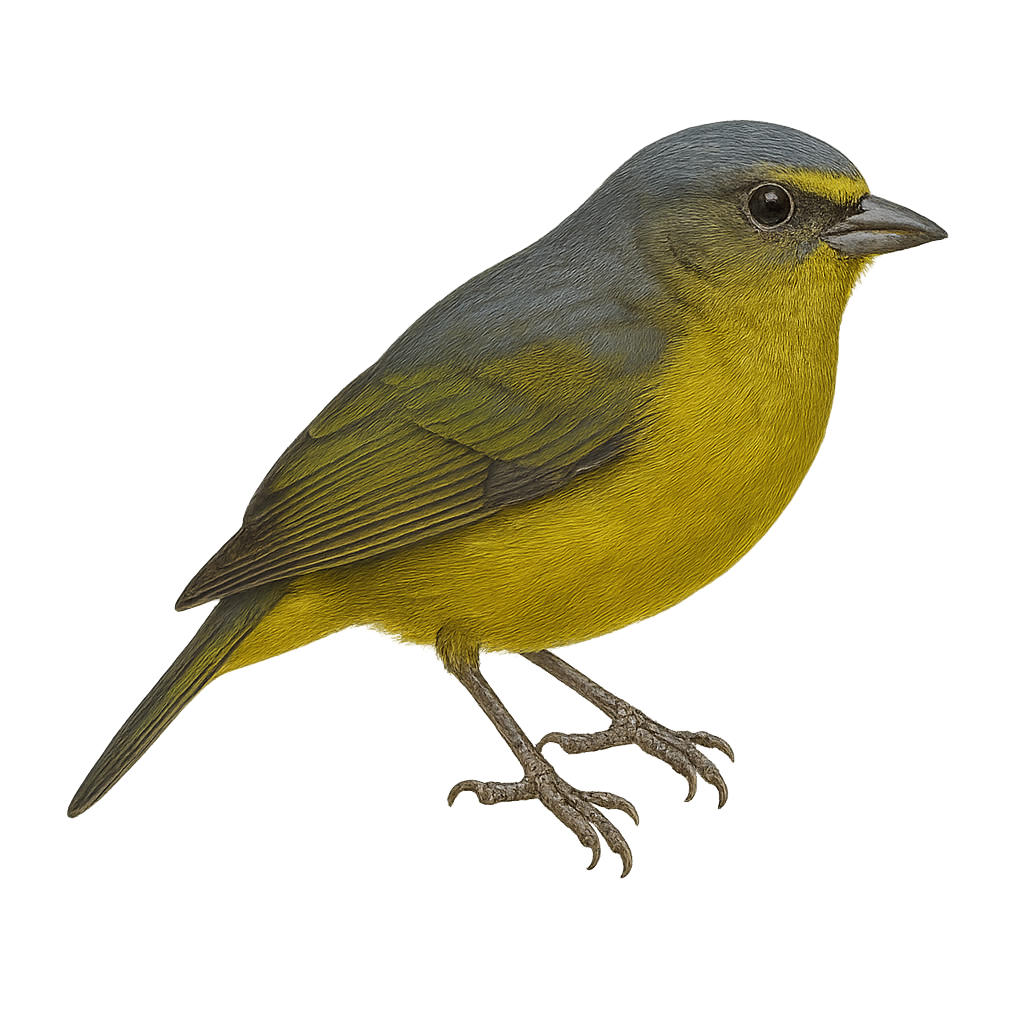Your wildlife photography guide.
Explore the golden-rumped euphonia in detail, study its behavior, prepare your shots.
Where to observe and photograph the golden-rumped euphonia in the wild
Learn where and when to spot the golden-rumped euphonia in the wild, how to identify the species based on distinctive features, and what natural environments it inhabits. The WildlifePhotographer app offers tailored photography tips that reflect the golden-rumped euphonia’s behavior, helping you capture better wildlife images. Explore the full species profile for key information including description, habitat, active periods, and approach techniques.
Golden-rumped Euphonia
Scientific name: Euphonia mesochrysa

IUCN Status: Least Concern
Family: FRINGILLIDAE
Group: Birds
Sensitivity to human approach: Tolerant
Minimum approach distance: 5 m
Courtship display: January to May
Incubation: 14-15 jours
Hatchings: February to May
Habitat:
Humid forests, wooded areas, forest edges
Activity period :
Primarily active during the day, with peak activity in the morning and late afternoon.
Identification and description:
The Golden-rumped Euphonia, or Euphonia mesochrysa, is a small, colorful bird found primarily in the humid forests and wooded areas of South America, notably in Colombia, Ecuador, and Peru. This bird is recognizable by its vibrant plumage, with a golden-yellow belly contrasting with a dark blue back. Males and females exhibit differences in coloration, with females generally being duller. They primarily feed on fruits but can also consume insects. Their song is melodious and complex, often heard at dawn. These birds are social and can be observed in small groups. Although they are quite widespread, their habitat is threatened by deforestation.
Recommended lens:
400mm – adjust based on distance, desired framing (portrait or habitat), and approach conditions.
Photography tips:
To photograph the Golden-rumped Euphonia, it is advisable to use a 400mm lens or longer to capture the details of its colorful plumage without disturbing it. Look for areas where fruits are abundant, as these birds often gather there to feed. Morning is the best time to observe them, as they are more active and their song is more frequent. Be patient and discreet to avoid scaring them away.
The WildlifePhotographer App is coming soon!
Be the first to explore the best nature spots, track rutting seasons, log your observations, and observe more wildlife.
Already 1 439 wildlife lovers subscribed worldwide

